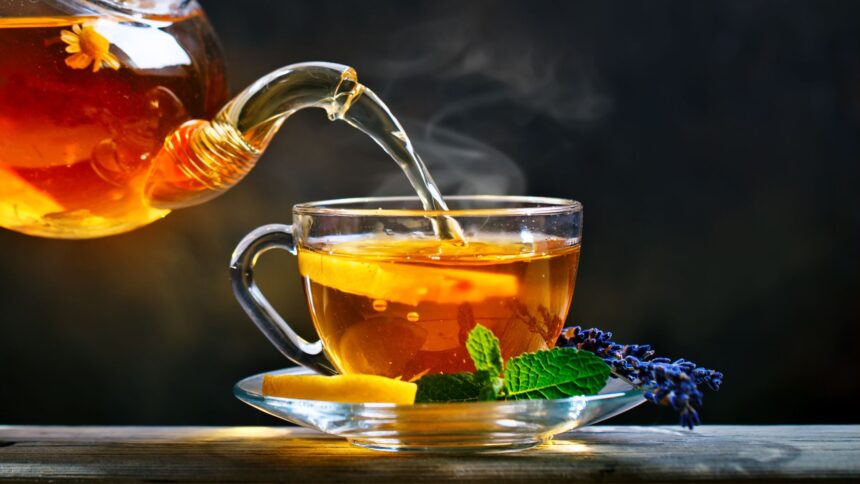In our modern world, bacterial illnesses remain common due to environmental exposures and weakened immunity. As an herbalist, I’m always seeking natural solutions to support wellness. Compiling research on select antimicrobial teas’ medicinal makeup unveiled options for safely combating bacteria with simple daily rituals. This overview examines herbs clinically active against pathogens through aromatic, antioxidant, and inflammatory components.
What Tea Is Good for Bacterial Infections?
Certain herbal teas containing potent antimicrobial properties have been shown to help treat and prevent minor bacterial infections when enjoyed regularly. Some of the top tea varieties for fighting bacteria include green tea, peppermint tea, and ginger tea. Let’s explore the science behind these botanical allies.
1. Green Tea’s Catechins and Aromatics
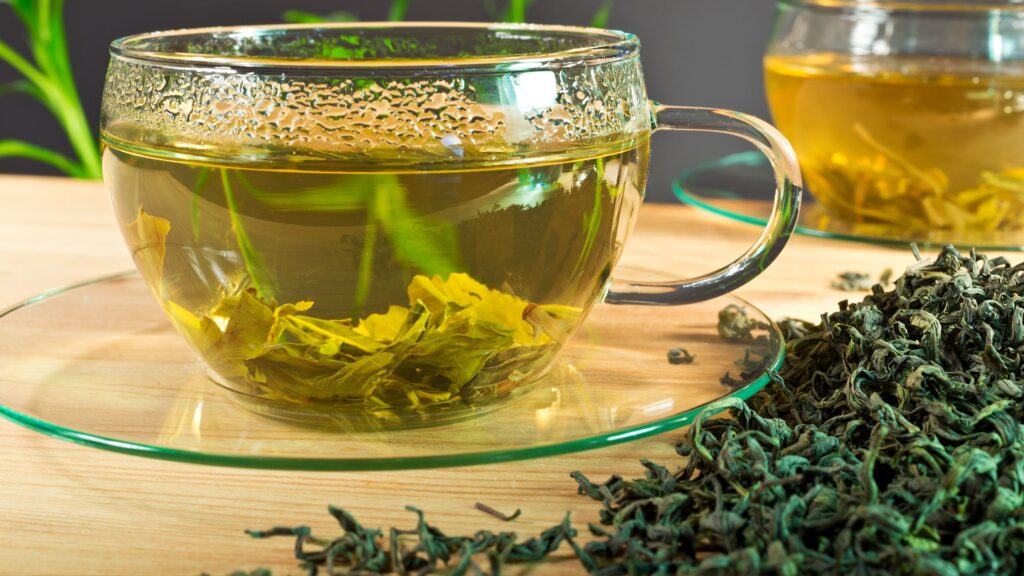
Lab experiments verified green tea catechins, such as EGCG and ECG, disarmed respiratory pathogens like Streptococcus via cell membrane destruction. One trial saw blend reduced S. pyogenes by 81% in 24 hours. Fragrant oils like linalool assist this inhalant against chronic infections.
2. Peppermint’s Menthol Disrupts Bacterial Growth
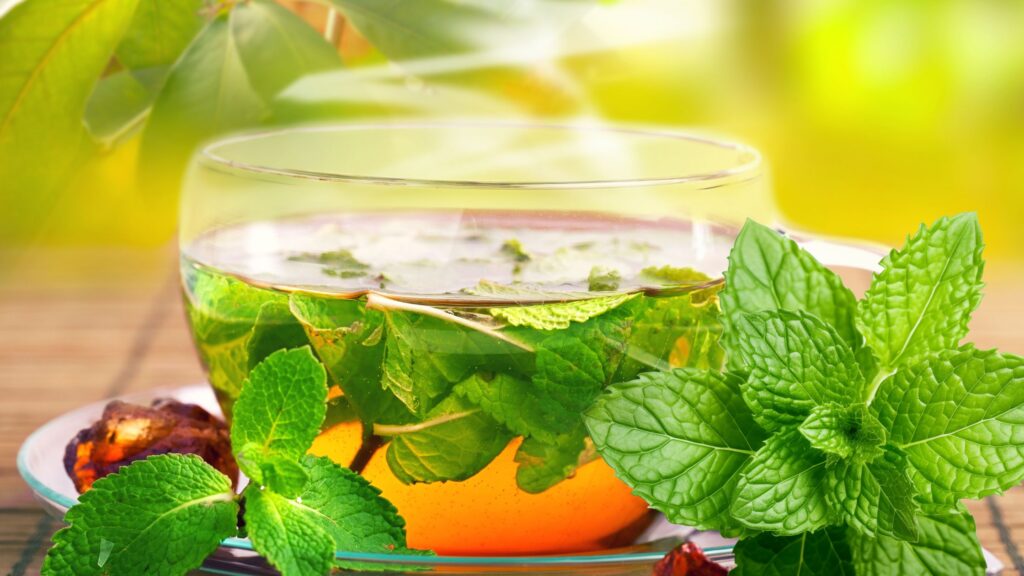
Peppermint oil’s menthol interferes with enzymatic microbial processes, disallowing DNA replication, according to several Petri dish studies analyzing effects on E. coli, Salmonella and Staphylococcus strains. Steam inhalation delivered prompt relief for sore throats in one test.
3. Ginger’s Gingerols Tackle Respiratory Bugs
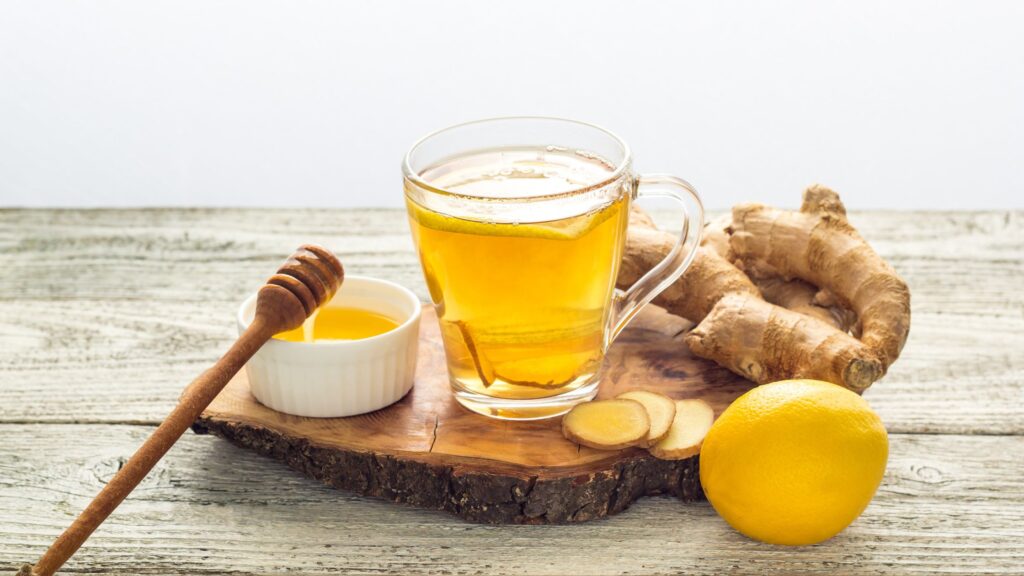
Animal research linked the 6-gingerol compound to dampening inflammatory signs of pneumonia while directly eradicating Pseudomonas bacteria through bacterial cytoplasmic leakage. With dual pathogen-fighting modes, ginger stands out for wintertime ailments.
4. Black Tea and Its Theaflavins
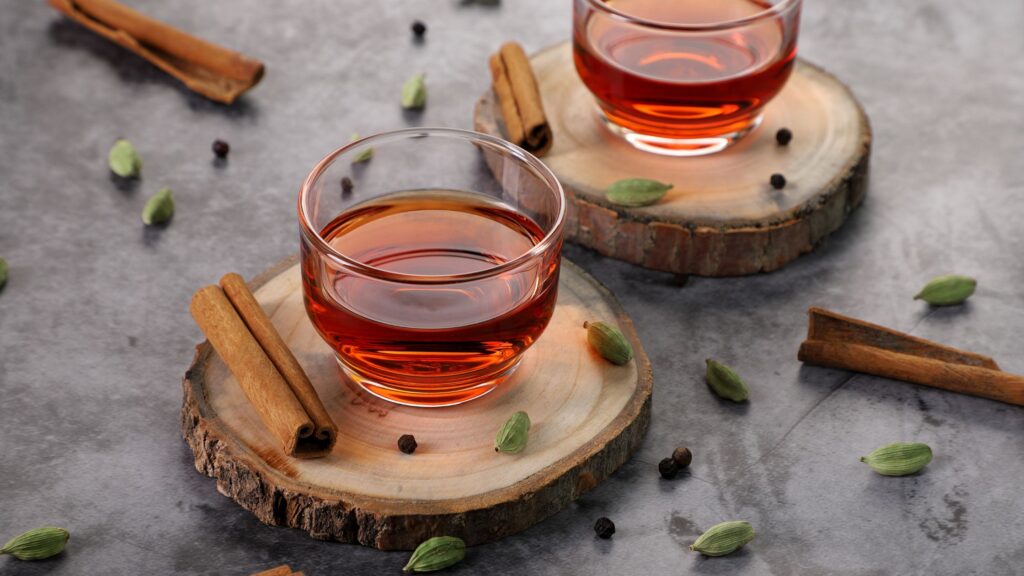
One Korean study spotlighted thearubigins in black tea for inhibiting important quorum-sensing virulence factors in prevalent pathogens such as Vibrio. Enforcing microbial swarming prevents biofilm establishment and recurrent infections.
How do black tea’s theaflavins inhibit virulence factors in pathogens?
Black tea contains compounds called theaflavins that have been shown to inhibit virulence factors in pathogens like Vibrio bacteria. Here’s a bit more detail on how they work:

Many harmful bacteria use a signaling method called quorum sensing to coordinate their harmful behaviors. As their population increases, they produce and detect signaling molecules that trigger an infectious “swarming” response, allowing the bacteria to establish firm footholds in the body. This is how they form biofilms that make recurrent infections so difficult to clear.
Research has found that theaflavins in black tea are able to interfere with this quorum-sensing signaling process in pathogens. Specifically, theaflavins target and inhibit the production of certain quorum-sensing autoinducer molecules that trigger virulence gene expression in bacteria like Vibrio.
By blocking the pathogen’s ability to “count” its numbers and synchronize its swarming behavior via quorum sensing signals, the theaflavins effectively disarm its coordinated attack mechanisms and infectious prowess. The bacteria have a harder time establishing robust biofilms that resist antibiotics and the immune system’s defenses.
So in essence, black tea’s theaflavins help contain bacterial infections by jamming the communication channels that pathogens use to mount their virulent offenses as populations grow. It’s a clever way these phytonutrients aid the body’s fight against intruders.
Conclusion
In moderation, traditional teas featuring robust antimicrobial actives have the potential for supporting immune resilience against minor bacterial threats, especially when targeted to their site of infection. Future probing into safe, synergistic blends may yield even more potent antiseptic infusions adaptable to individual sensitivities. Nature truly offers wisdom where we least expect it.

